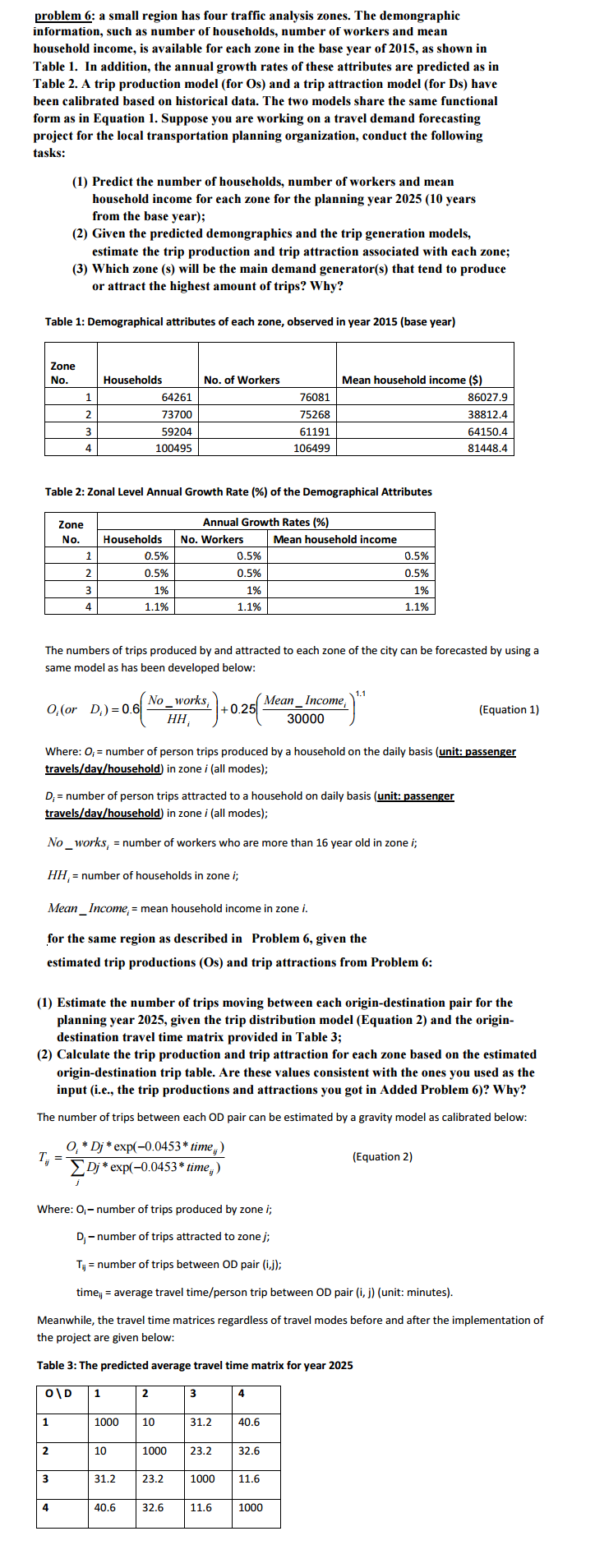

The overall mean absolute difference between simulated and measured water-level altitudes is 4.2 meters, and the mean algebraic difference is 1.9 meters. Simulated water-level altitudes were within 9.0 meters of measured water-level altitudes at 74 of the 84 wells used as targets for the local-scale model for the calibrated steady-state simulation. The calibrated steady-state simulation generally reproduces the spatial distribution of measured water-level altitudes. The final calibrated hydraulic-conductance values ranged from 0.01 to 0.2 per day for fault displacements ranging from 0 to more than 100 percent of the total aquifer thickness.

The assumption was made that the degree to which a fault acts as a barrier to groundwater flow is proportional to the fault displacement. The MODFLOW Horizontal-Flow Barrier Package was used to simulate faults in the local-scale model. The two “conduit” hydrogeologic units of the Edwards aquifer represent the lower 8 meters of the leached and collapsed members and the Kirschberg evaporite member of the Edwards Group. The local-scale model simulations use the MODFLOW Hydrogeologic-Unit Flow Package and include two hydrogeologic units with high hydraulic conductivities (one or more orders of magnitude higher than for the other simulated hydrogeologic units) that are intended to simulate fast flow paths attributable to karst features. The extensive faulting results in the juxtaposition of hydrogeologic units with differing hydraulic properties and has appreciable effects on groundwater flow in the Edwards aquifer. The complexity of the aquifer system in the local-scale study area is further increased by numerous faults with varying vertical displacements. In the Edwards aquifer, high matrix porosity and permeability likely are overshadowed by high permeability developed in structurally influenced karstic conduit systems that transmit water into, through, and out of the aquifer system. The local-scale model grid has a finer vertical discretization than do previous regional Edwards aquifer models and incorporates refined parameter zones corresponding with multiple (10) hydrogeologic units representing the Edwards aquifer. Particle tracking was used to compute flow paths and advective traveltimes throughout the model area and to delineate the areas contributing recharge and zone of contribution for the selected public-supply well. A local-scale, steady-state, three-dimensional numerical groundwater-flow model was developed and used in this study to evaluate the movement of water and solutes from recharge areas to the selected public-supply well. Chacon, P.E., serves as director.In 2006, a public-supply well in San Antonio, Texas, was selected for intensive study to assess the vulnerability of public-supply wells in the Edwards aquifer to contamination by a variety of compounds.
#San antonio traffic analysis zones manual
The division develops, publishes and distributes the Texas Manual on Uniform Traffic Control Devices, which is used by all road authorities in Texas. The Traffic Safety Division also administers the Texas Traffic Safety Program, the Highway Safety Improvement Program, the Texas Highway Safety Plan, the Texas Traffic Assessment Program, and the Fatality Analysis Reporting System. The division assists and supports TxDOT districts in the research, development, and implementation of the statewide Traffic Management Systems Program designed to improve the safety and efficiency of the state highway system and provides the districts with equipment, support, and maintenance for traffic signals, intelligent transportation systems, and roadway illumination.

TRF plays a pivotal role in the Department’s constant efforts to accomplish zero fatalities on Texas roads, such as the Road to Zero program. The Traffic Safety Division (TRF) is responsible for the engineering design of traffic control devices, roadway illumination, traffic signals, the review and analysis of speed zone requests, the review of traffic engineering-related aspects of construction plans, the collection of crash records and analysis of crash data.


 0 kommentar(er)
0 kommentar(er)
